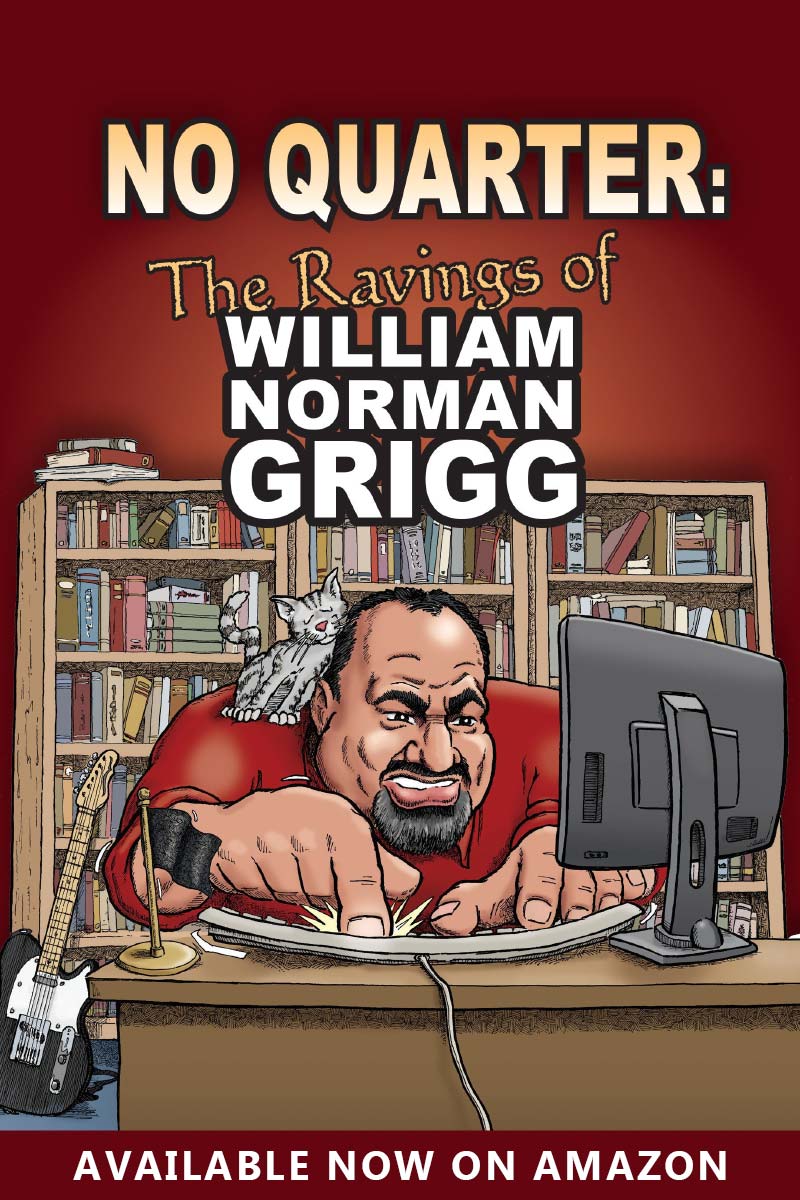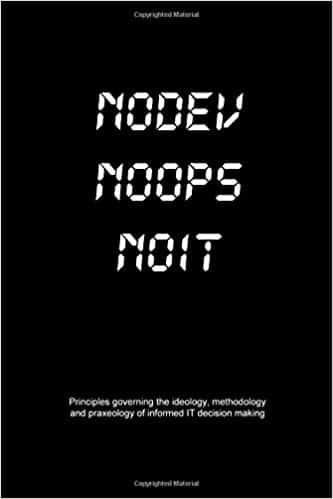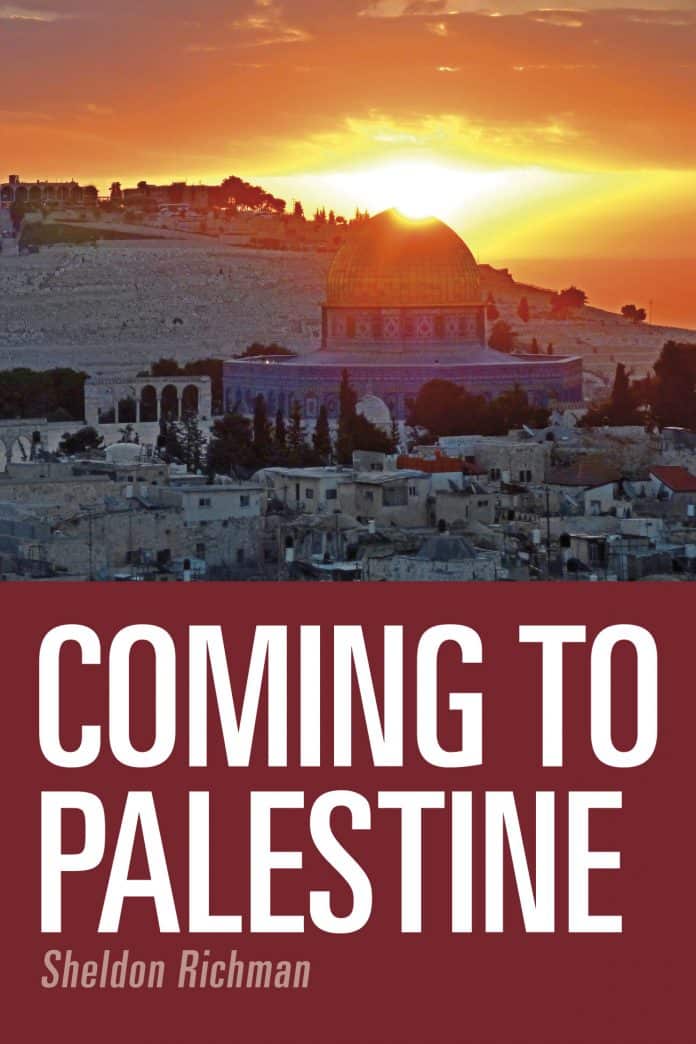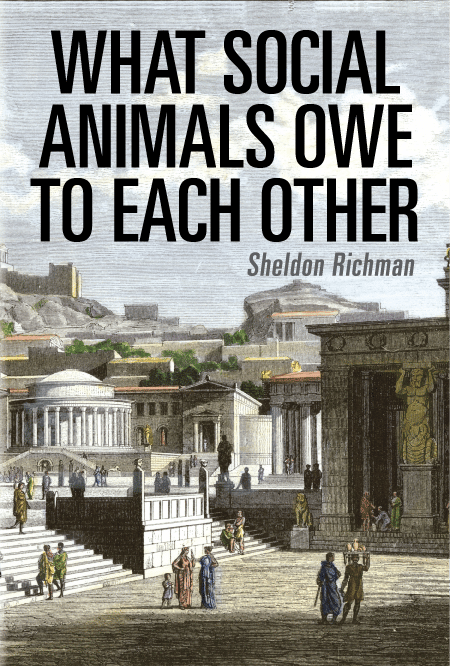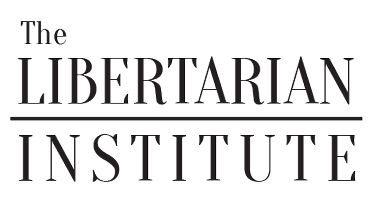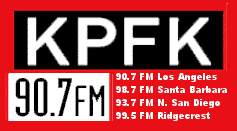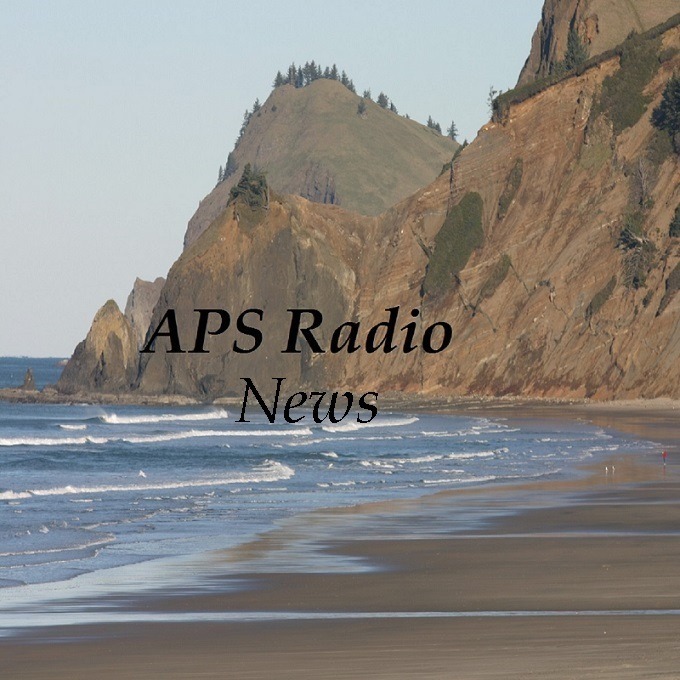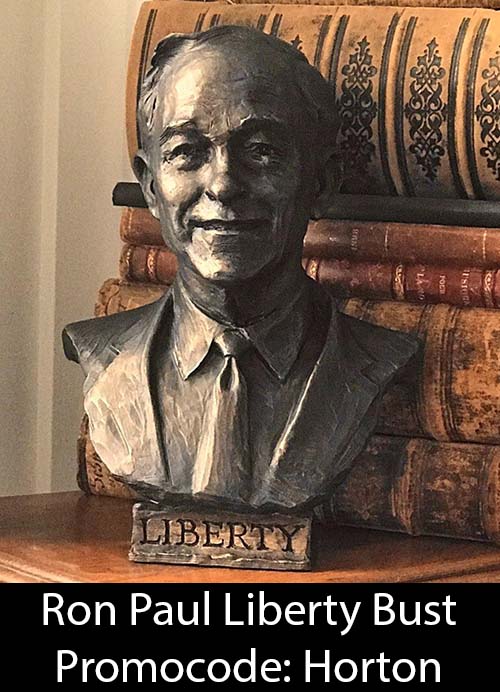Tariq Rauf, Director on the Board of Atomic Reporters, Director of the Disarmament, Arms Control and Non-Proliferation Program at the Stockholm International Peace Research Institute (SIPRI), former Head of Verification and Security Policy Coordination, Office reporting to the Director General, International Atomic Energy Agency, discusses the reality of the IAEA’s procedures for inspecting managed-access sites such as the Parchin military facility in Iran, why he believes the AP relied on a forgery for their recent report claiming Iran would get to inspect itself, and why he agrees with Robert Kelley‘s doubts of the explosives chamber’s existence and use for nuclear weapons research purposes.
Transcript:
Alright you guys welcome back to the show this is my show the Scott Horton Show. Our first guest on the show today is Tariq Rauf, he is on the Board of Atomic Reporters, that’s at www.atomicreporters.com. He is the Director of the Disarmament Arms Control and Non-Proliferation Program at the Stockholm International Peace Research Institute. That’s SIPRI.ORG. We have talked in the past couple of days about articles there by Robert Kelley – SIPRI.ORG and former Head of Verification and Security Policy Coordination Office reporting to the Director General of the International Atomic Energy Agency. Alright welcome to the show Tariq how are you doing?
TR: Very well thank you how are you?
SH: I’m doing great, I really appreciate you joining us on the show today, my friend Yousaf Butt, the nuclear physicist has been sending along your articles over the last few days here writing about the Iran nuclear deal, I’m trying to keep up. So obviously all the big news is about this report in the associated press by George Jahn saying that there is this unprecedented form of what they are calling a ‘side deal’ with IAEA, part of the implementation of the nuclear deal with Iran would be the inspection of this military site -Parchin and according to the AP story Iran is going to be allowed to inspect themselves, so if you could please sir, give us your best run down of that article – the major assertions in it and then the developments since then, and if you could end the answer with the part where we get to how last night they released what they said was the document that the report was originally based on.
TR: Yes as you know on the 14th of July in Vienna the six major powers including the US and Iran signed this joint comprehensive plan of action on resolving the exclusively peaceful nature of the Iran nuclear program under which Iran would reduce its’ uranium enrichment capability and so on.
But a side agreement to this is a road map that was agreed simultaneously between the International Atomic Agency and Iran to resolve two other issues. One is the issue about what is called ‘possible military dimensions to Iran’s nuclear program’ and these are allegations emanating from about 2005 onwards that Iran had been engaged in activities related to developing a nuclear weapon. And related to that is a military industrial facility in Iran called Parchin this is a very large site, over some 50 square kilometres where they make all kinds of military equipment and the allegation is that there is a big steel chamber there much like a big tanker truck – the tank part of the truck – and inside that metal chamber Iran might have carried out experiments to test the trigger of a nuclear weapon. So these are two areas that need to be clarified and the road map has two separate arrangements that have not yet been made public and so a lot of the discussion particularly among the opponents of the Obama administration on this Vienna agreement is to find out what is in these two arrangements. What George Jahn of the Associated Press reported the other day is that somebody in Vienna showed him a copy of the separate arrangement regarding verification in Parchin.
He was not given a copy to take away with him so he had to sort of write the contents of that document which is what he published. So one of my questions is that in this day in age, everyone, particularly journalists, has a cellphone, why didn’t he not just take a picture of this instead of trying to copy it by hand?
Second there are many problems in terms of the standard language that the IAEA uses, the technical items about verification and so on that all you know smell like a stinky rat in there which is why I personally believe that this document that George Jahn was given is not really an authentic document.
SH: Alright now, yeah it’s true, to my best knowledge anyway, that they never did publish a picture of it, they only published copied text you know typed out text as an AP story that they put out last night that they republished everywhere – nothing about a photograph there. But then I was actually embarrassed that it took – I had just glanced over the thing last night that I didn’t even notice, and I was embarrassed that I had to read your note for it to be pointed out to me that Iran is titled the Islamic State of Iran in this document, I mean that even sounds like the kind of error that you know is too stupid, I mean where did this thing even come from?
TR: Well if you are George Jahn and you are under pressure to copy this document you know and there is a lot of news about IS – Islamic State- so he may have made an innocent mistake …
SH: Oh I see what you mean, no that’s a plausible explanation.
TR: And I was wondering you know that it’s strange why George didn’t take a picture of it on his cell phone but this is usually what happens in these cloak and dagger affairs where somebody from some government or intelligence agency comes up to a journalist and says ‘Well here is a copy of …some document but I can’t show you everything, the markings on it and so on because it will reveal where I got it from”, so this is the usual subterfuge that is used and IAEA – when I was there, we were well aware of the forgeries that were given to the IAEA particularly relating to Iraq and so the methodology for those forgeries and what purports to be this document that George Jahn published, you can see many similarities in the methodology there.
SH: So starting out, the thing about the Islamic State I can see how that could just be a slip, but you have you know quite a few more notes that you have taken on what’s purported to be at least his notes of the document he saw but it looks like you know a lot of this stuff couldn’t be chalked up to Jahns errors, he didn’t you know, short hand it so much that he’s using all these terms that as you say the IAEA would not use in this context.
TR: Yes I know George Jahn very well, he’s a good reporter I have a lot of respect for him, he’s not a stupid person, he wouldn’t damage his credibility by transcribing sloppily so I believe he transcribed that as faithfully as he could, given the time he was given to copy this document. But this basically shows an amateurish effort to try and come up with this type of document. Most of the language is not language that the IAEA uses in its official documents. IAEA uses very precise terminology and it has been doing this for 60 years and there has been no deviation, and then more worrisome are the two key areas about the way in which inspections would be carried out at Parchin. And I find it practically unbelievable that the IAEA would have accepted those two methodologies, one is that Iran ….
SH: Actually hold it there, we’re almost at this break and I want to make sure you have plenty of time to talk about the methodologies that this document purports to describe when we get back, but is you could, could you just give us one or two examples real quick of the language that just doesn’t seem right as we go out to this break …
TR: Well they talk about a tactical type of meeting and the IAEA doesn’t do tactical meetings it does expert meetings, topical meetings, and so on. The name of the Iranian official who was signing it is practically unknown, IAEA never signs such documents with anyone other than the Atomic Energy Organization of Iran or the Ministry of Foreign Affairs.
SH: Right when we get back we’ll talk more about that and the methodologies and the rest of the doubt, and then we’ll talk about you know what’s probably going to really be the case when it comes to inspecting Parchin too.
**************************************************************************************************************************
SH: Alright y’all welcome back, I’m Scott Horton, this is my show the Scott Horton show. I’m talking with Tariq Rauf, formerly with the International Atomic Energy Agency writing at atomicreporters.com and we’re talking about George Jahn’s big AP story saying Iran gets to investigate themselves basically.
They get to provide all their own samples and after his article came under fire the AP released what is purported to be a draft agreement which they say they have administration officials confirming that it’s not much different in practice or in the import of it than the final agreement – that’ s what they claim but then Tariq has taken a look at this document and just says ‘Well jeez, this has not credible written all over it” – such major mistakes here, terminology that IAEA would not use in a document like this but then much more importantly as you were about to say there before the break there Tariq – it describes processes for the taking of samples and the investigation supposed suspected nuclear site Parchin, that are just not believable to you and I think the other side of that is what the war party is saying that “oh my god look at this deal that the IAEA wouldn’t cut with anyone else but apparently the Americans, you know, Kerry and Obama are willing to let the Iranians get away with bloody murder here”.
TR: Well there are some technical problems with some paragraphs in this agreement particularly paragraphs 3, 4 and 5. In one of these paragraphs it says that Iran will give to the IAEA environmental samples taken from one of the buildings at Parchin where there is this big chamber where apparently explosive test were carried out by Iran prior to 2003. Normally the IAEA does this environmental sampling itself. By environmental sampling we mean, we take small pieces, swabs, pieces of cloth about 4 inches by 4 inches and you pick up dust samples from the walls, the equipment, the machinery, cracks in the floor and if nuclear material was used in that location these swabs will pick up nanogram, microgram, particles of uranium.
These swabs are then put inside a clear plastic bag much like the one you see at airports when you go through security. Each swipe sampling kit has 6 of these patches and they then go to Vienna for analysis and in Vienna much like how the international Olympic committee when they take samples of blood and urine from athletes, they anonymize them and two samples are sent to independent laboratories for analysis and one sample is analyzed by the IAEA itself in Vienna.
Normally samples from Iran are sent, one set of samples are sent to the United States to the AFTAC laboratory (Air Force Technical Applications Center), based at Patrick Air Force Base, Fla., which is one of the world’s most sophisticated laboratories to detect the presence of uranium and plutonium which are the two nuclear materials used for nuclear weapons. So I find it quite unprecedented for the agency to agree that the Iranians themselves will take the samples out of sight of the IAEA.
SH: So you’re saying that it’s so unprecedented that it’s not plausible.
TR: It’s not plausible, the way it’s written, but it could be seen as unprecedented – but as a concession to Iran if in the presence of the IAEA inspectors could clearly see and they could give the Iranians the IAEA swipe sampling kit and then tell them swipe this part of the wall or this part of this machine and then give the swipe back to put in the plastic bag – that is one thing, but this is not how this is written here and so that makes it quite suspicious. The IAEA it does inspections in 156 countries so if it makes a special deal for Iran, tomorrow some other country will say ‘Well I’d like a similar deal as well, please, thank you”, so for those reasons and to maintain the integrity of the credibility of the IAEA verification system I personally would find it very difficult to believe that the IAEA would ever agree to such a methodology.
From Iran’s point of view they would be trying to make sure that an IAEA inspector doesn’t bring in a uranium or plutonium particle on the clothing coming from other country where they might have gone to a nuclear facility and their clothing might have picked up these particles and then accidentally transport them to Parchin – so that’s a genuine fear on the part of the Iranians and that is why one could see it may be plausible that in the presence of the IAEA using IAEA equipment under IAEA direction the Iranian technician could swipe the wall. But then later on uses language which is very strange because I have been involved in a lot of drafting of IAEA technical documents. It is non-standard language and IAEA lawyers use a very precise way of referring to technical activities and the wording here is not that.
Some of these are pretty obvious mistakes that somebody is trying to cook a document who could do a little bit of research on google might write a document like this.
SH: One small point here is that Yousaf Butt who I mentioned previously, the nuclear physicist has an article at Huffington Post today, or it came out last night about what happened in Syria where one of the swipes was put in the pocket was put in the pocket of an IAEA inspector – was kind of a rogue swipe that they didn’t have companion comparison swipes for all the other analysis and that was the one that happened to show the uranium on it so he was showing that and that’s a widely verified fact there, and was showing that as a reason as you were just referring to as to why the Iranians might want to do it ..but I want to get back to what you’re saying here is that it is inconceivable to you that the IAEA would agree to a deal where the Iranians take the swipes but that the IAEA aren’t right there in the room within the line of sight holding the zip lock back etc etc and that because this article claims that, this article claims basically what Jahn claims it claims that Iran gets to inspect themselves that you’re saying this document just couldn’t be even a legitimate document, it must be a forgery.
TR: Yes, the IAEA wouldn’t agree where the IAEA shows up and the say okay here I’ll swab – the Iranian disappears into a room, comes back five minutes later and says ‘okay here I’ve swabbed the inside of the room’ so that is not plausible but doing it in the presence as you pointed at within the direct line of sight, that one could – it’s unprecedented – but one could accept in the current circumstances as a very unique situation.
Then there is also a very bizarre paragraph which is paragraph 5, that as a courtesy by Iran the IAEA Director General and the Deputy Director General for verification would be given a public visit to Iran – and with this type of paragraph doesn’t belong in a technical agreement. The IAEA Director General has been to Iran `several times before and he doesn’t need this type of throwaway text and it doesn’t say what this public visit is for so again this is sort of a red herring that sticks out like a sore thumb to mix metaphors, and then it talks about a round table – normally the IAEA language is a technical meeting, a topical meeting, a dialogue forum, an experts meeting, a technical round table again is not a standard IAEA language.
Then one of the people who was signing the supposedly – his title is also mixed up – its’ not entirely incorrect but it is also not fully correct so this is a mistake that somebody can easily make when they are trying to cook up a document that is not genuine.
SH: Oh very interesting, so you’re saying not just as you mentioned previously before we went out to the break there in the first segment about the Iranian signatory is wrong but they even slightly fouled up the title of the IAEA signatory as well?
TR: That’s right, yes.
SH: Alright.
TR: I mean this short from that one could use in a newspaper because you want to save word, but in a legal document you use the correct title – when President Obama signs something it will say The President of The United States Of America – it wouldn’t just say Barack Obama US President so this is that type of a mistake.
SH: Right, now in your comment at the bottom you compare this to the Niger Letter and as you mention here you used to work on the case of Iraq and I wonder when Mohamed El Baradei testified to the United Nations that he and his staff debunked the Niger uranium forgeries in 30 minutes using google was he talking about you, were you the one who debunked the Niger uranium forgery?
TR: No it was one of my technical colleagues who came from a country – one of the nuclear weapons states he was a colleague from France who did that, he was the person not me.
SH: But you were there working on the same project at the time, investigating Saddam ….?
TR: Yeah we were all part of the same team.
SH: Very interesting, so then if we’re talking the very early part of 2003 right before the war broke out the entire consensus inside IAEA was that there was not nuclear nothing inside Iraq at that time?
TR: That’s correct and this is what Director Genearl El Baradei said on the floor of the security council after the presentation by secretary Colin Powell who talked about all of this fudged – which we found out later – intelligence information – El Baradei said that the IAEA had no evidence of the regeneration of a nuclear weapons program in Iraq, he used pretty much those precise words but the Bush administration dismissed that and we all know all the cooked up stuff that came out later and they found nothing after the overthrow of Saddam.
SH: Now, sorry for that diversion but I couldn’t help with the experience that you have there to ask that. I want to ask you one more thing about Parchin if it’s okay, and I’m sorry because I’m already keeping you over time, is it alright if I ask you one more thing?
TR: Yes certainly
SH: What do you make of Robert Kelley’s analysis of Parchin? If I read him right he doesn’t seem to think there ever was an explosive chamber there. Gareth Porter has reported that Danilenko the former soviet nuclear physicist was not even a nuclear physicist and that his expertise was in nanodiamonds not fission at all and I just wonder about your opinion on all that?
TR: Well first of all Robert Kelley is a very qualified person he has worked at the Los Alamos laboratory in the US, also at the Livermore laboratory in California, he worked on nuclear intelligence for the Los Alamos laboratory. He worked for the remote sensing department of the US Department of Energy and so he is a person who knows what he’s talking about who has actually seen and touched nuclear material going into nuclear weapons and knows what nuclear weapons are compared to many others who can talk about nuclear weapons but they have never seen or worked with nuclear weapons. So I have a lot of confidence in Bob Kelley’s interpretations and assessments and so Bob has claimed first of all that the chamber- he’s questioned the existence of the chamber the way it has been described, and second he said that even if it was there that the way it has been set up it couldn’t have been used for the types of tests for developing triggers for nuclear weapons as the accusations have it. Normally when they test for triggers, you do that in the open, the people are in the bunker and then you put this protective wall so that the explosive debris you know is collected within in certain area, whereas for nanodiamonds that’s what you need, you need the explosion inside the chamber because you want to collect the diamonds whereas if you did the explosion in the open air the nanodiamonds would be scattered all over the place and you would have to go pick them up off the ground but when they are in a chamber they are all inside. So that gives more credibility as Bob Kelley points out, to the theory that this chamber if it exists is for nanodiamonds and which was the expertise of this Russian scientist Danilenko who has already published a book on this and he is well published on that matter.
SH: Yeah that’s what Gordon Prather who is the former chief scientist of the army and formerly at Lawrence Livermore and Sandia National Laboratories – former maker of H bombs himself- that was what he said too, you test these things outside in the open, that raises one more question which is Marivan and the accusations that they were doing explosives testing out in the open out there in Marivan which is in western Iran I think, and I believe, my understanding is, is that the Iranians had invited the IAEA to come on out then, but the IAEA declined their invitation, can you shed any light on that?
TR: Yes. So when the director general issued his report in November 2011 which had an annex which describes roughly 12 areas of so called military dimensions, there was an entry in there which in addition to Parchem`another location where accused to carry out nuclear weapon related development activities at a place called Marivan and when the Iranians have offered the IAEA twice to visit Marivan and the IAEA has said that they prefer to Parchin, Parchin is the priority place they would like to go and they have dismissed Iranian invitations to go to Marivan and the IAEA has not provided a technical explanation as to why Marivan is no longer a site of interest to them. It is possible that they have figured out that the information on Marivan was not authentic and therefore they have dropped it but they don’t want to publicly admit that. That’s my speculation.
SH: Right and I know it’s just speculation but the counterfactual there if they really thought there was something out there to find, would it be a priority necessarily or they really just have to take these things in order and Parchin first because David Albright is always harping about it or something?
TR: Well no there is no logical sequence so if Marivan became available to them IAEA should go to Marivan and collect all the information they need there and also as you mentioned, the counterfactual, if the Iranians are inviting the IAEA to Marivan they are pretty confident that there is nothing there that would incriminate them.
SH: Yeah, seemingly
TR: Just as when the IAEA did visit Parchin twice before IAEA did not find any signs of nuclear material which is what the IAEA is looking for. The IAEA’s authority is to look for nuclear material it’s not concerned with exploding bridge wire or ballistic missiles that is not the mandate of the IAEA.
SH: Right I can not tell you how much I appreciate your time on the show and thank you for your great reporting on this issue Tariq.
TR: You’re welcome.
Podcast: Play in new window | Download


